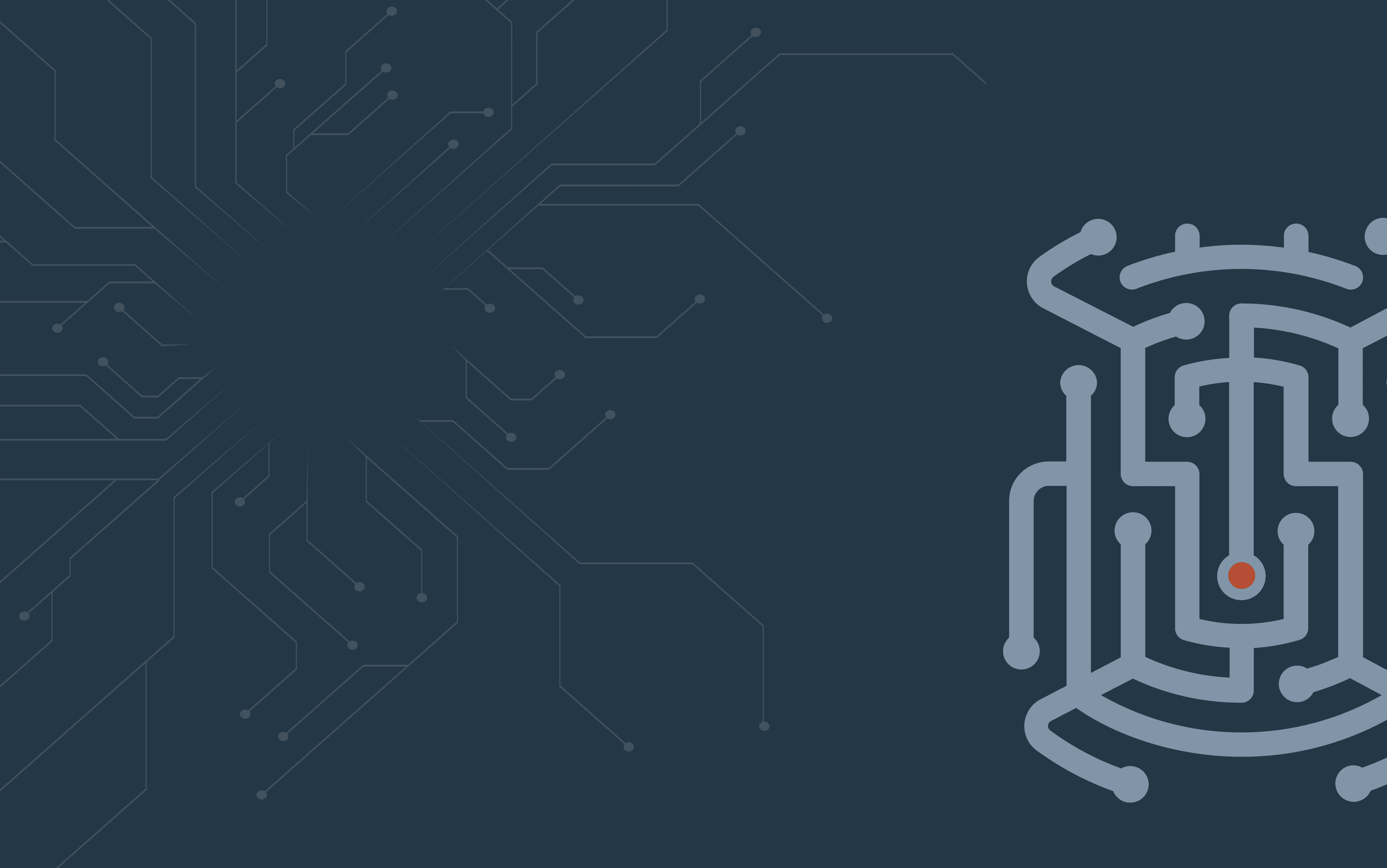
OPERATIONAL DEFECT DATABASE
...


...

Symptoms: A View Connection Server instance that is part of a Cloud Pod Architecture pod federation has failed and needs to be restored.A cluster of View Connection Server instances that form a pod in a Cloud Pod Architecture pod federation has failed and needs to be restored.
Because of the loosely coupled multi-datacenter nature of the Cloud Pod Architecture feature, if individual components of a pod federation fail, it is possible to restore each component back to full operation by replicating the data from a functioning View component to restore the pod federation back to full health. Prerequisites: For information about connecting to the View ADAM database, see Connecting to the View ADAM Database (2012377). Restore a Single View Connection Server Instance in a Cloud Pod Architecture-Enabled Pod If a single View Connection Server instance has failed and other View Connection Servers in the pod are still fully configured and operational, perform these steps: On one of the working View Connection Server instances in the pod, use ADSI Edit to connect to localhost:389 with DN dc=vdi,dc=vmware,dc=int.Set the pae-LinkedModeEnabled attribute value to 0 on the entry for the server that you are restoring. RDN is of the form cn=<connection-server>,ou=server,ou=lmv,ou=properties.Install View Connection Server as a replica instance on the server being restored. After you perform these steps, the Cloud Pod Architecture feature is automatically configured on the replicated View Connection Server instance.Restore an Entire Cloud Pod Architecture-Enabled Pod To restore all View Connection Server instances in a pod: Note: Ensure to take a complete backup of the configuration data from the local LDAP instance for the pod that you want to restore. Restore the configuration data. To restore the configuration data: Stop all instances of View Composer by stopping the Windows service VMware Horizon View Composer on the servers where View Composer runs.Stop all security server instances by stopping the Windows service VMware Horizon Security Server on all security servers.Uninstall all instances of View Connection Server. Uninstall both VMware Horizon View Connection Server and AD LDS Instance VMwareVDMDS. Install one instance of View Connection Server.Stop the View Connection Server instance by stopping the Windows service VMware Horizon Connection Server.Click Start > Run, type cmd, and click OK. The Command Prompt window opens.Decrypt the encrypted LDIF file. At the command prompt, type the vdmimport command. Specify the -d option, the -p option with the data recovery password, and the -f option with an existing encrypted LDIF file followed by a name for the decrypted LDIF file. For example: vdmimport -d -p mypassword -f MyEncryptedexport.LDF > MyDecryptedexport.LDF If you do not remember your data recovery password, type the command without the -p option. The utility displays the password reminder and prompts you to enter the password. Import the decrypted LDIF file to restore the View LDAP configuration. Specify the -f option with the decrypted LDIF file. For example: vdmimport -f MyDecryptedexport.LDF Uninstall View Connection Server. Uninstall only the package VMware Horizon View Connection Server. For more information, see the Import Configuration Data into View Connection Server section in the View Administration Guide. After you uninstall View Connection Server, reset the Cloud Pod Architecture state in the local LDAP data on one of the View Connection servers in the pod being restored: Use ADSI Edit to connect to localhost:389 with DN dc=vdi,dc=vmware,dc=int.Check the pae-LinkedModeEnabled attribute on these RDNs: cn=common,ou=global,ou=lmv,ou=properties cn=<each-connection-server>,ou=server,ou=lmv,ou=properties For each RDN, set the attribute value to 0.Reinstall View Connection Server.Log in to View Administrator and validate that the configuration is correct.Start the View Composer instances.Reinstall the replica server instances.Start the security server instances.Use the lmvutil --join command to join the pod to a working pod in the pod federation. For more information, see the Administering View Cloud Pod Architecture Guide. After you perform these steps, the Cloud Pod Architecture feature is automatically configured on all View Connection Server instances in the pod.
Click on a version to see all relevant bugs
VMware Integration
Learn more about where this data comes from
Bug Scrub Advisor
Streamline upgrades with automated vendor bug scrubs
BugZero Enterprise
Wish you caught this bug sooner? Get proactive today.